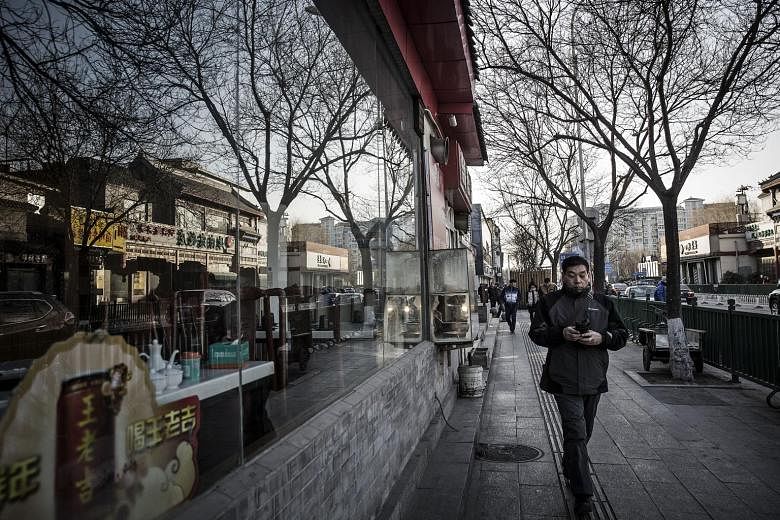Investors withdrew hundreds of billions of dollars from emerging markets last year, dealing another blow to nations already suffering from slowing growth, high debt and plunging commodity prices.
Net capital outflows amounted to around US$735 billion (S$1.06 trillion) last year, one of the worst on record, said the Institute of International Finance (IIF).
Foreign capital flowing into emerging markets also dropped sharply to US$231 billion, a fraction of the US$1.2 trillion or so that came in annually between 2010 to 2014.
It is also unlikely that there will be much respite this year with the IIF expecting net outflows to total US$448 billion.
The speed of the outflows has caught analysts by surprise, with the bulk of the withdrawals occurring in the second half of last year.
The pace and size of these outflows have eclipsed the amounts seen in the 1997 and 2008 financial crises. China accounted for the bulk of the net outflows last year with about US$676 billion withdrawn from the world's second largest economy.

DBS chief economist David Carbon was not surprised, saying that the China reserves data in December already showed the sharp fall.
He noted that, since July 2014, the Chinese government has used US$663 billion of the country's reserves propping up the yuan.
"About half that amount was spent between June 2014 and August last year, pushing the yuan north with the US dollar in an attempt to show 'leadership' in the run-up to the International Monetary Fund's (IMF) decision to include the yuan in the IMF's Special Deposit Rights basket," he said.
"The other half was spent since August, when the 'mini-devaluation' encouraged investors to run for cover and forced the central bank to further support the currency."
Chinese stock markets have taken a battering over the past six months, falling by about 42 per cent since June last year. The MSCI Emerging Market Index, which tracks the performance of the biggest emerging market companies, fell 14.9 per cent last year.
"Premature ageing of emerging markets may continue to weigh on growth prospects, and market volatility in early 2016 has weighed on risk appetite," said Mr Hung Tran, IIF executive managing director.
He added that emerging markets now look cheap compared with mature economies although volatility will rise in the coming months.
The outlook for emerging markets remains cloudy as both the World Bank and the IMF forecast weak growth this year. Another fear has been falling currencies, which could affect the ability of many companies in emerging markets to repay debt denominated in US dollars.
But while the outflows have been alarming, it is not crisis levels yet for the real economy, said Mizuho economist Vishnu Varathan.
"Well, arguably we are already in a market crisis for most of emerging markets and Asia is not excepted," he added. "But whether this will lead to a real economic meltdown with far-reaching impact on jobs, banks and households remains to be seen."


